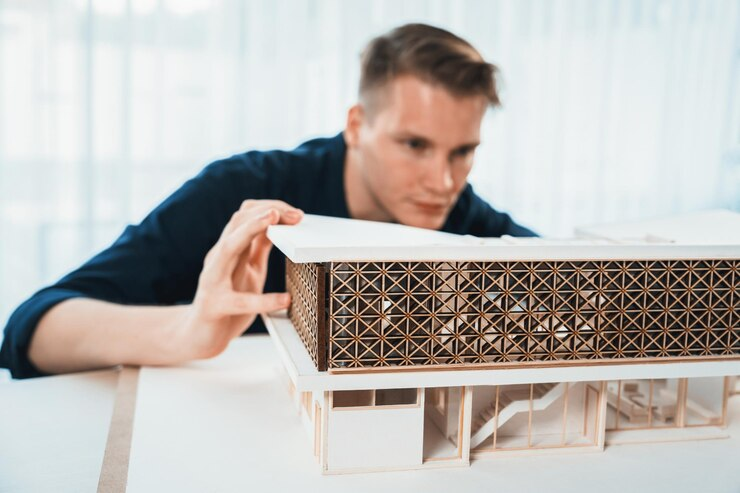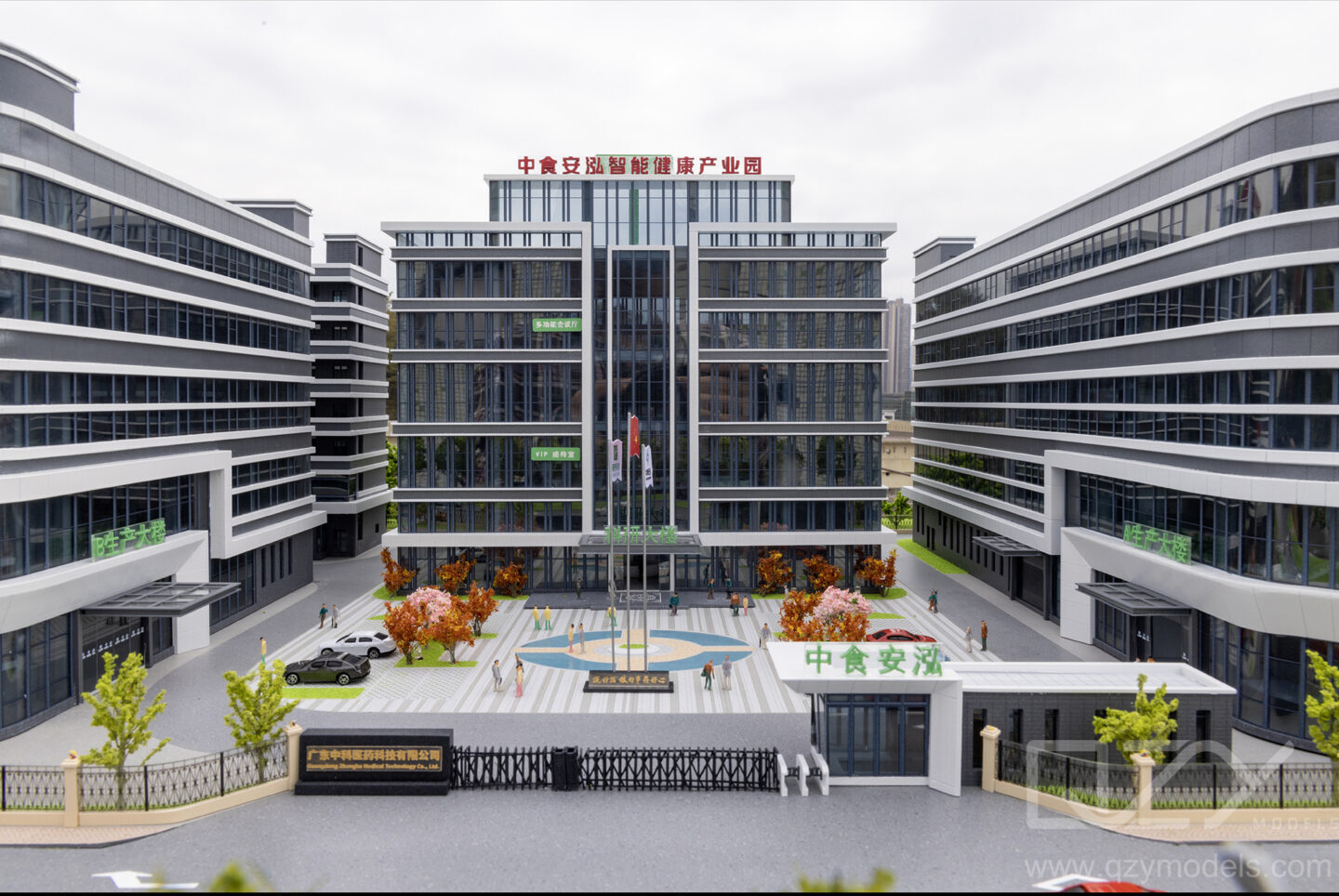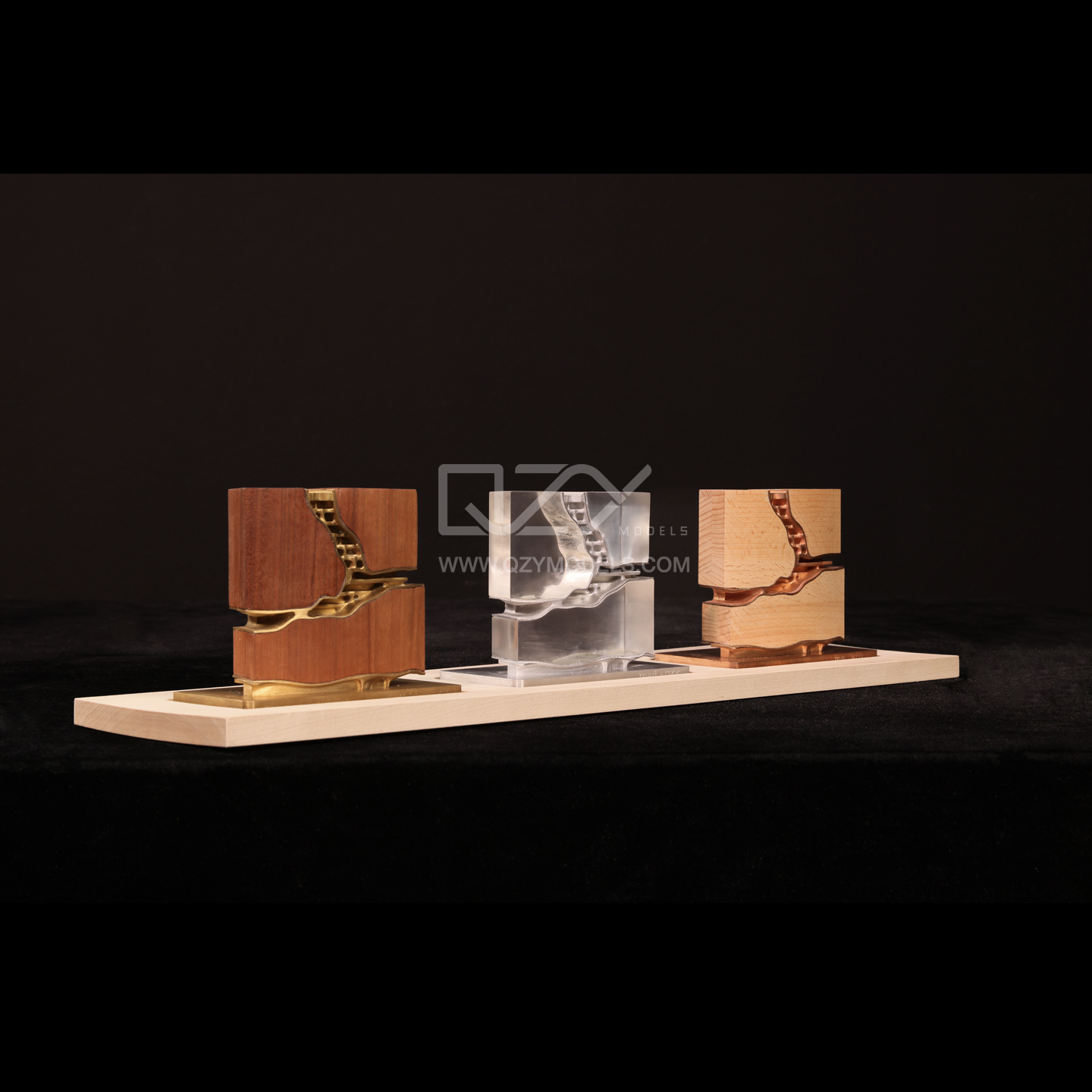Commercial physical models are indispensable tools in various industries, transforming abstract concepts into tangible, persuasive representations. Architects, real estate developers, product designers, and marketing professionals rely on these models to convey their vision and secure investments. This in-depth guide delves into the world of commercial physical models, exploring their significance, creation process, applications, and future trends.
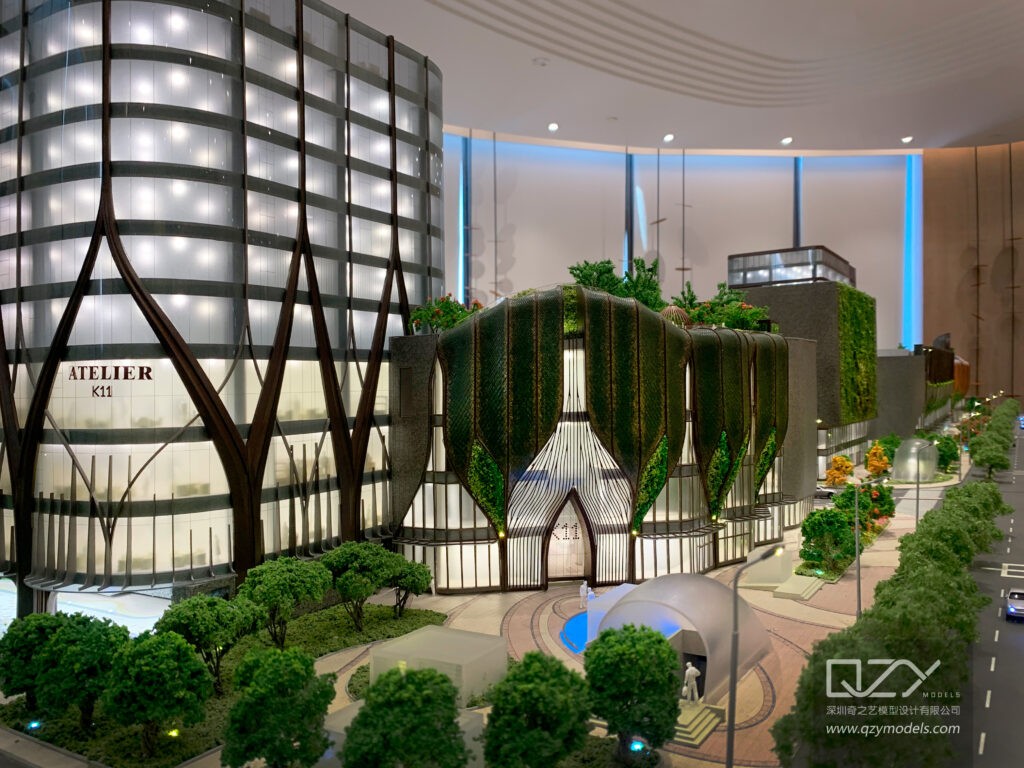
I. Understanding the Significance of Commercial Physical Models
A. Architectural Visualization:
Commercial real estate firms employ physical models to visualize proposed architectural projects. These models offer stakeholders, including investors and clients, a clear understanding of the project’s layout, aesthetics, and functionality, facilitating informed decision-making.
B. Product Design Prototyping:
Product designers and manufacturers use physical models to prototype and refine their products. These models allow for hands-on testing, evaluation, and refinement of design concepts, leading to more successful product launches.
C. Marketing and Sales:
In the realm of marketing and sales, physical models serve as powerful tools for persuasion. Real estate agents use them to showcase properties, and product companies employ them at trade shows to demonstrate product features and functionality.
II. The Craftsmanship of Commercial Physical Models
A. Precision and Detail:
The creation of commercial physical models demands precision and meticulous attention to detail. Model makers employ various techniques and materials to ensure accuracy, from 3D printing to traditional craftsmanship.
B. Scale and Materials:
Selecting the appropriate scale and materials is crucial. Architects often opt for architectural scale models constructed from materials that mimic the final building’s appearance, while product designers may use a combination of plastics and metals for prototypes.
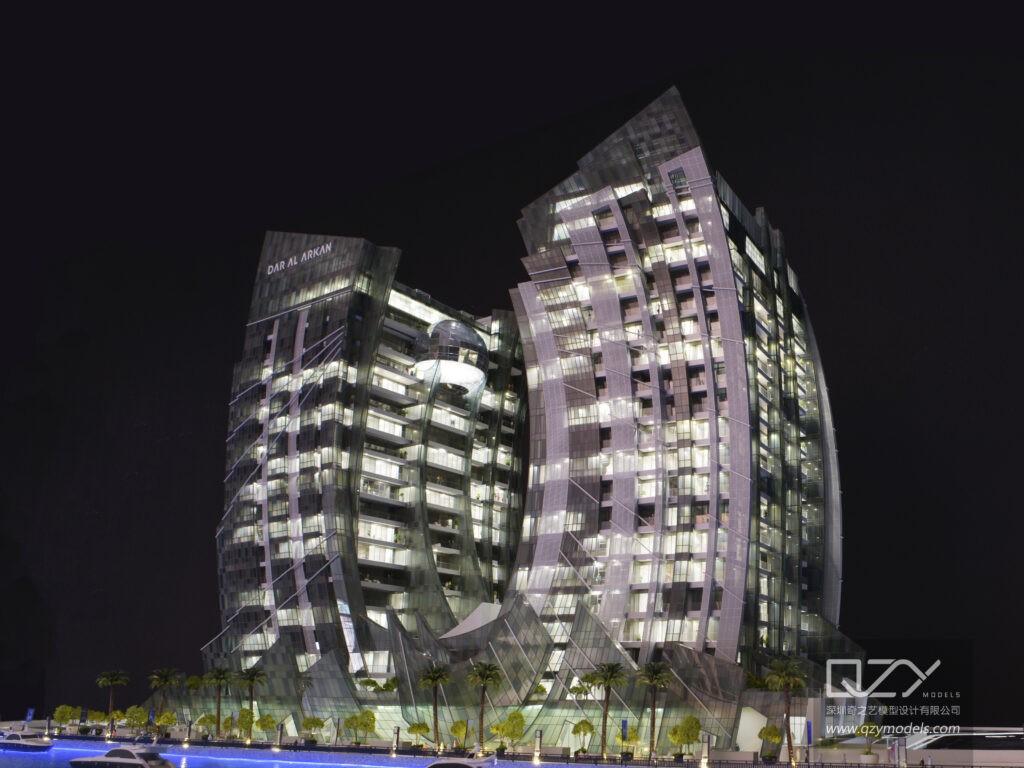
III. Applications Across Industries
A. Architecture and Real Estate:
Architectural firms use physical models to secure project approvals, while real estate developers employ them to market properties effectively.
B. Product Design and Manufacturing:
In the world of product design, physical models facilitate prototyping and testing. They play a critical role in streamlining the design process and ensuring product functionality.
C. Marketing and Advertising:
Advertising agencies use commercial physical models to create impactful campaigns. These models bring ideas to life in a way that resonates with consumers.
IV. Impact on Decision-Making
A. Investment and Funding:
Commercial models play a pivotal role in securing investment and funding for projects. They instill confidence in stakeholders by providing a tangible preview of the result, facilitating decision-making.
B. Design Refinement:
Models often serve as dynamic design tools, allowing architects and engineers to refine their plans. By physically manipulating the model, professionals can explore alternative design scenarios.
V. Presenting Projects to Stakeholders
A. Client Presentations:
Commercial models are indispensable for client presentations. They transform abstract ideas into physical reality, making it easier for clients to grasp the project’s scope and potential.
B. Marketing and Promotion:
In marketing, physical models are powerful tools for promoting projects. They feature prominently in brochures, websites, and advertisements, captivating audiences and generating interest.
VI. Future Trends and Innovations
A. Digital Integration:
The integration of digital technology, including augmented reality (AR) and virtual reality (VR), is transforming commercial model-making. Models are becoming interactive and dynamic, enhancing their effectiveness as marketing tools.
B. Sustainable Practices:
The adoption of sustainable materials and practices is on the rise in commercial model-making, aligning with global sustainability goals and corporate responsibility.
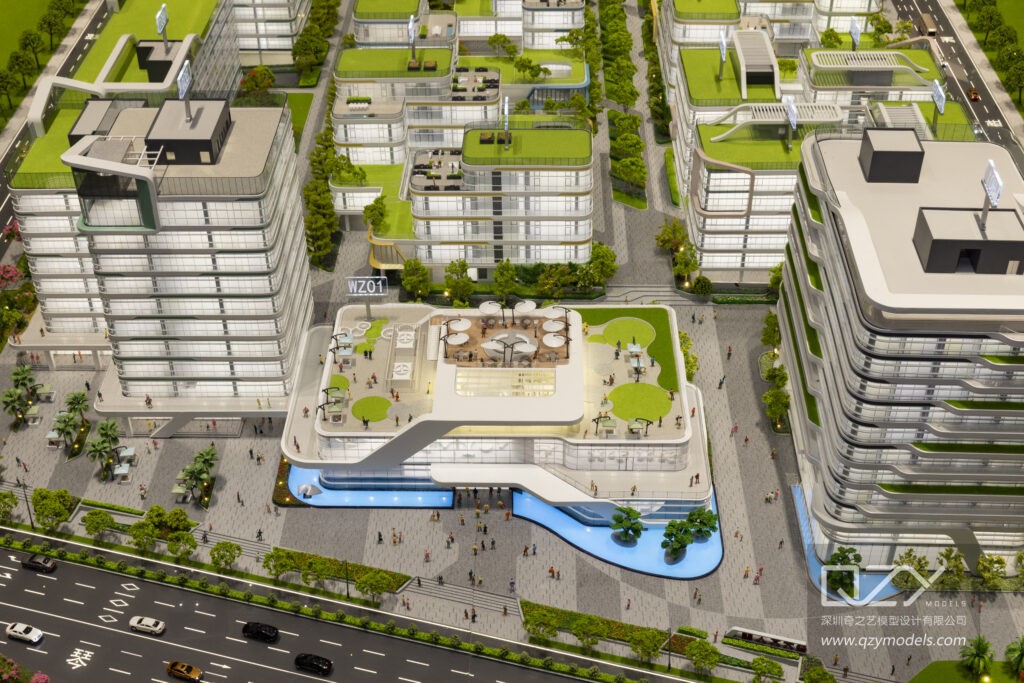
Commercial physical models are not just static representations; they are dynamic assets that shape industries and bridge the imaginative with the tangible. As we look to the future, the integration of technology and sustainability will continue to redefine the role of commercial physical models in marketing, design, and decision-making processes. These models remain indispensable in a world where imagination meets reality.
Discovering the World Through Miniatures – About Us
QZY Models, founded in 2013 in Shenzhen, China, is a leading professional team specializing in the design and production of customized physical models. Rooted in the architecture industry, QZY Models caters to diverse model production needs, ranging from furniture, interior design, and architectural landscape, to urban planning. Moreover, we are continuously exploring various fields, including dynamic mechanical models, industrial equipment displays, scientific and technological principle displays, and exhibition displays, to create a diverse model service ecosystem.
Since commencing our independent business in 2013 and establishing our base in Shenzhen, ensuring quality has always remained our top priority. We have forged strong collaborations with renowned companies in over ten countries, such as the United Kingdom, the United States, Canada, and Singapore. Our completed projects soss China, the United Arab Emirates, Saudi Arabia, Egypt, Poland, Morocco, Ethiopia, and other countries. Presently, QZY Models has established branches or offices in Egypt, Morocco, Saudi Arabia, Lebanon, Italy, the Netherlands, and other locations, firmly committed to serving global customers.

